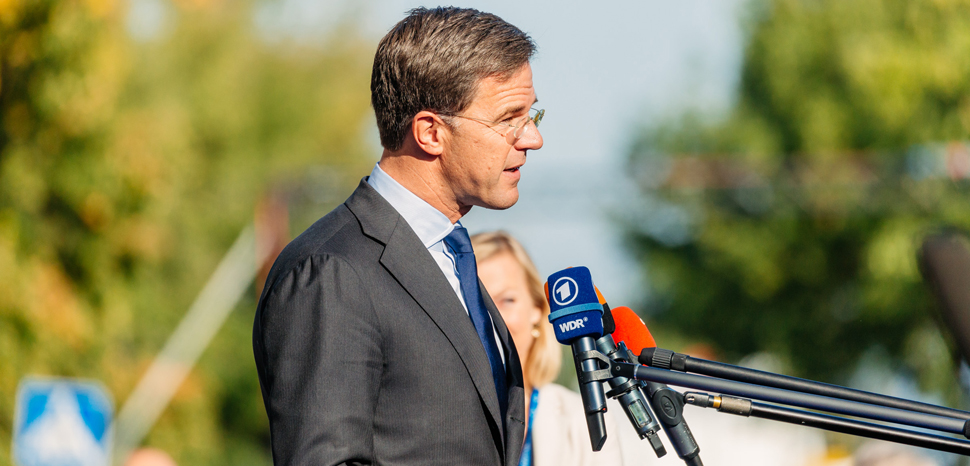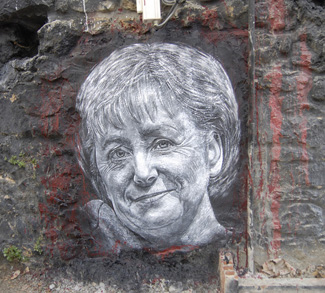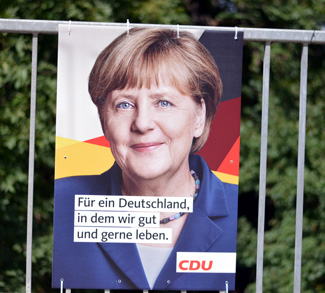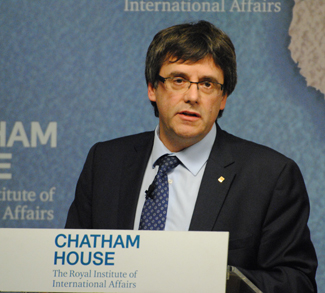Summary
Dutch citizens will vote over the course of the next three days to determine the composition of their next parliament. The contest is being watched closely for what it might signal for wider political trends on the continent, notably national-supranational and centrist-right tensions. Prime Minister Mark Rutte and his center-right People’s Party for Freedom and Democracy (VVD) are expected to expand on their take from the 2017 election, when a collapse in support for the Labor Party (PvdA) resulted in a balkanized parliamentary landscape. But a close look at the polling and issues suggests that this won’t be a triumph for centrist politics.




